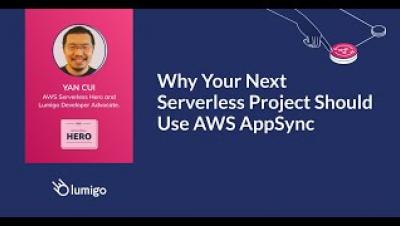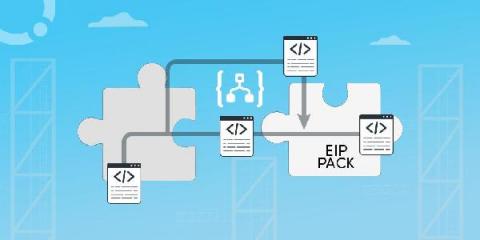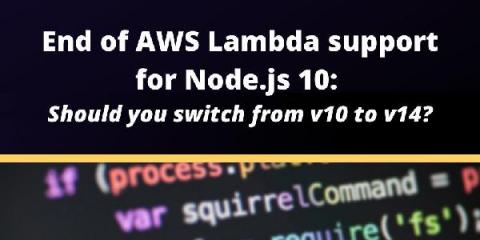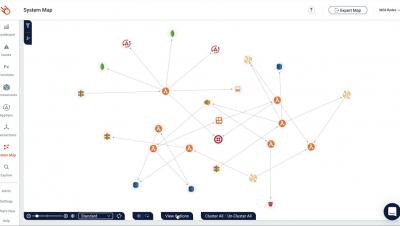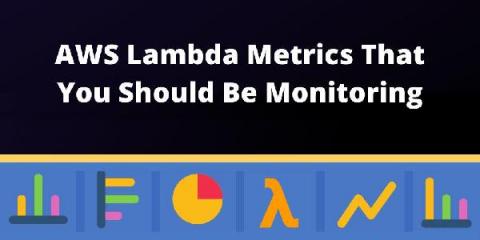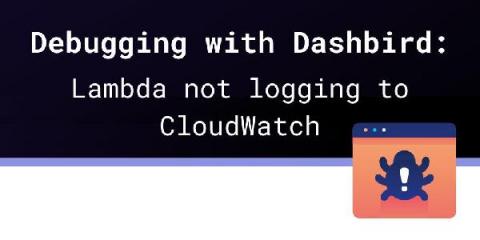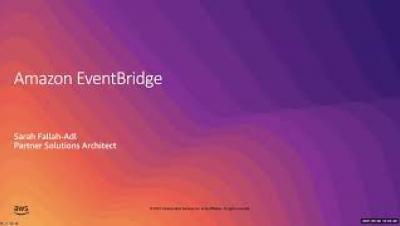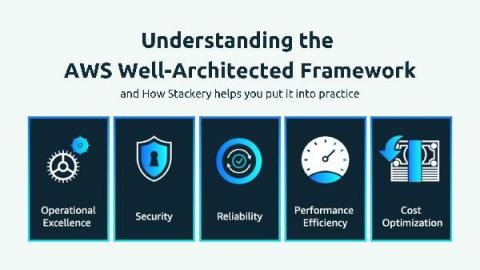Operations | Monitoring | ITSM | DevOps | Cloud
Serverless
The latest News and Information on Serverless Monitoring, Management, Development and related cloud technologies.
Build Automated, Scalable Enterprise Integration Workflows by Using the Enterprise Integration Pack (EIP) with Azure Logic Apps
End of AWS Lambda support for Node.js 10: Should you switch from v10 to v14?
It’s the end of AWS Lambda support for Node.js v10. AWS Lambda support for Node.js 10 is due to end in August 2021. It’s time to switch! In this article, we’re discussing and comparing the differences of working with Node.js 10 and Node.js 14 + AWS Lambda, the impacts, and benefits of this change. AWS Lambda supports multiple versions of programming language runtimes, but not forever.
See Lumigo In Action (Demo)
Lambda Metrics That You Should Be Monitoring
What are the crucial AWS Lambda metrics you should definitely be monitoring? Your application does not need to be “huge” for it to have enough functions and abstraction to get lost in it. As a DevOps engineer, you can’t cover every single factor. Showing relevant facts and asking the right questions is crucial! So when there’s a fire, you can troubleshoot in no time. Every organization is unique, and every workload has its own utility.
No-code Lambda Monitoring
Auto-instrumenting Lambda Monitoring didn’t originate through a focus group or business plan. It started as a hackathon project in which our growth team used Cloudwatch to build a prototype that could instrument Lambda functions with Sentry. We did this by using Cloudformation’s stack to automatically create resources in a customer environment while streaming CloudWatch Logs to Sentry through the Kinesis Firehose.
Debugging with Dashbird: Lambda not logging to CloudWatch
Lambda not logging to CloudWatch? It’s actually one of the most common issues that come up. Let’s briefly go over why this problem needs to be solved. CloudWatch is the central logging and monitoring service of the AWS cloud platform. It gives you insights into all the AWS services. Even if you can’t deploy and test serverless systems locally, CloudWatch tells you what’s happening to them.
Lambda Extensions Just Got Even Better
AWS announced AWS Lambda Extensions back in October 2020 and I wrote extensively about it at the time – what it is, how it works, and why you should care. In short, Lambda Extensions allow operational tools to integrate with your Lambda functions and run either in-process alongside your code or in a separate process. To better understand the problems they solve and their use cases, please read my previous article.
Webinar: Boost up your serverless applications with Amazon EventBridge
Understanding the AWS Well-Architected Framework
Designing and running workloads in the cloud is complex. Many services need to fit together in just the right way for optimal performance. The opportunity for error lurks around every corner. This is a high-stakes game with a huge premium on getting things right from the beginning. Even small mistakes can snowball. To help, AWS studied the architectures of thousands of its customers and supplemented that learning with insights from experts.


